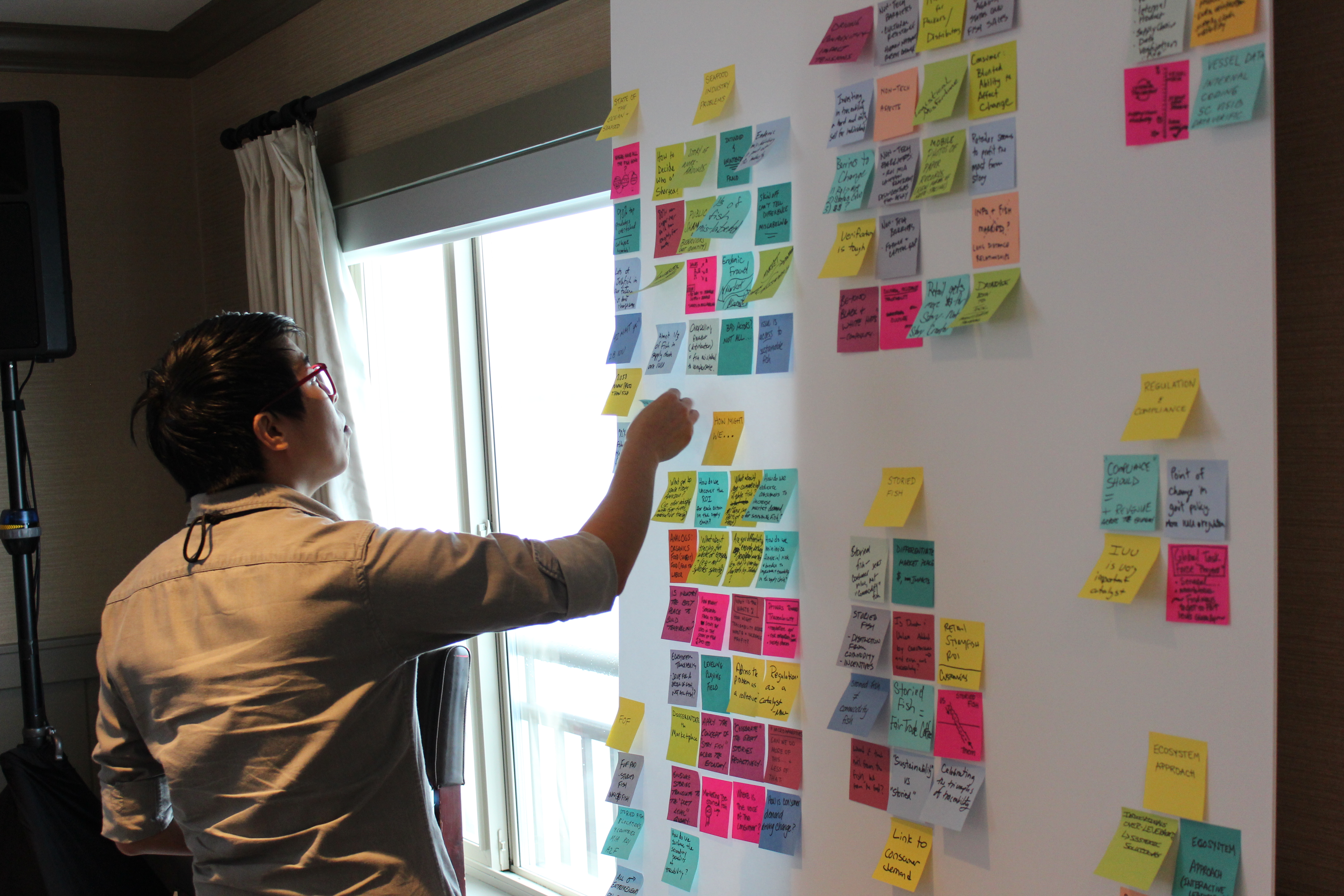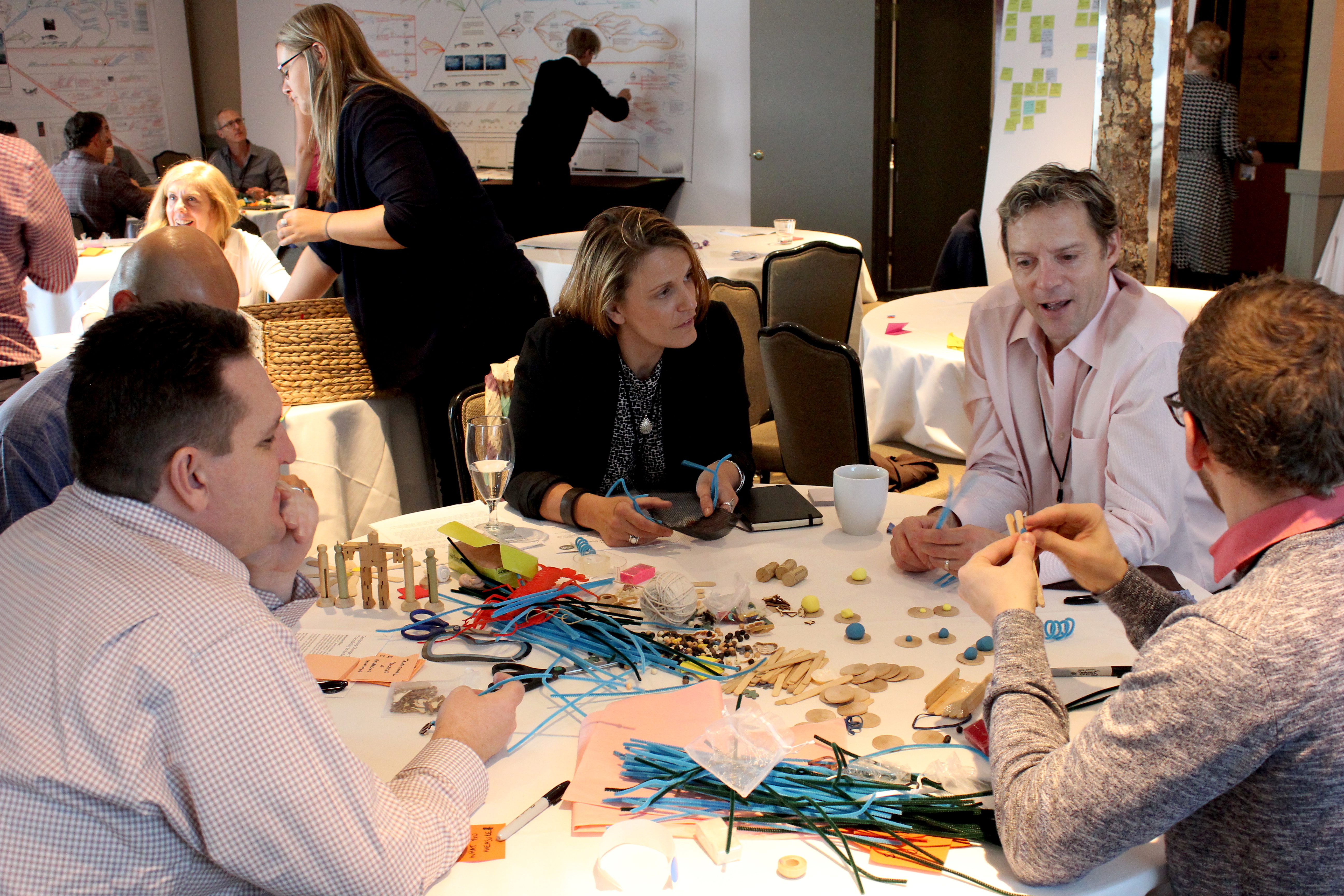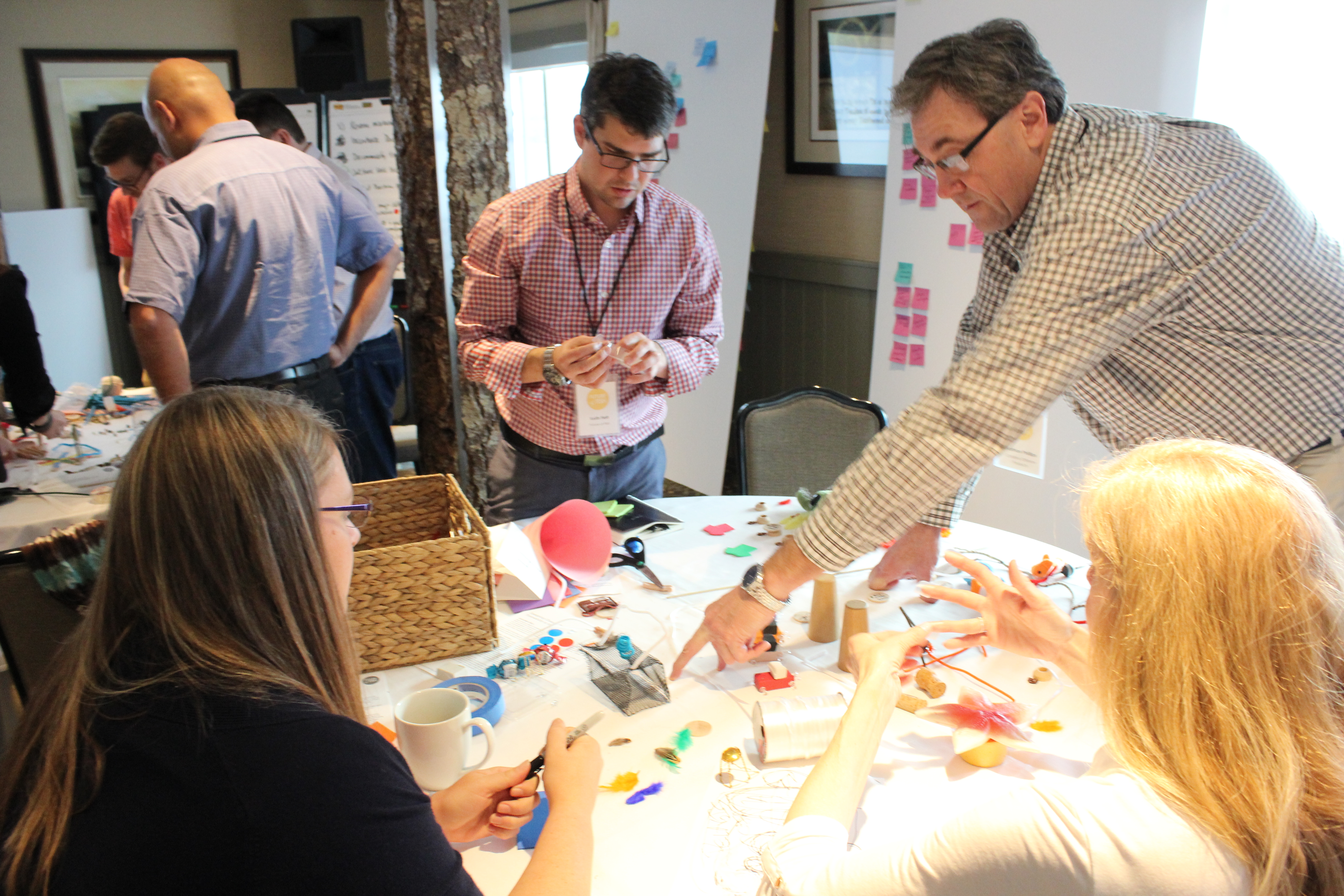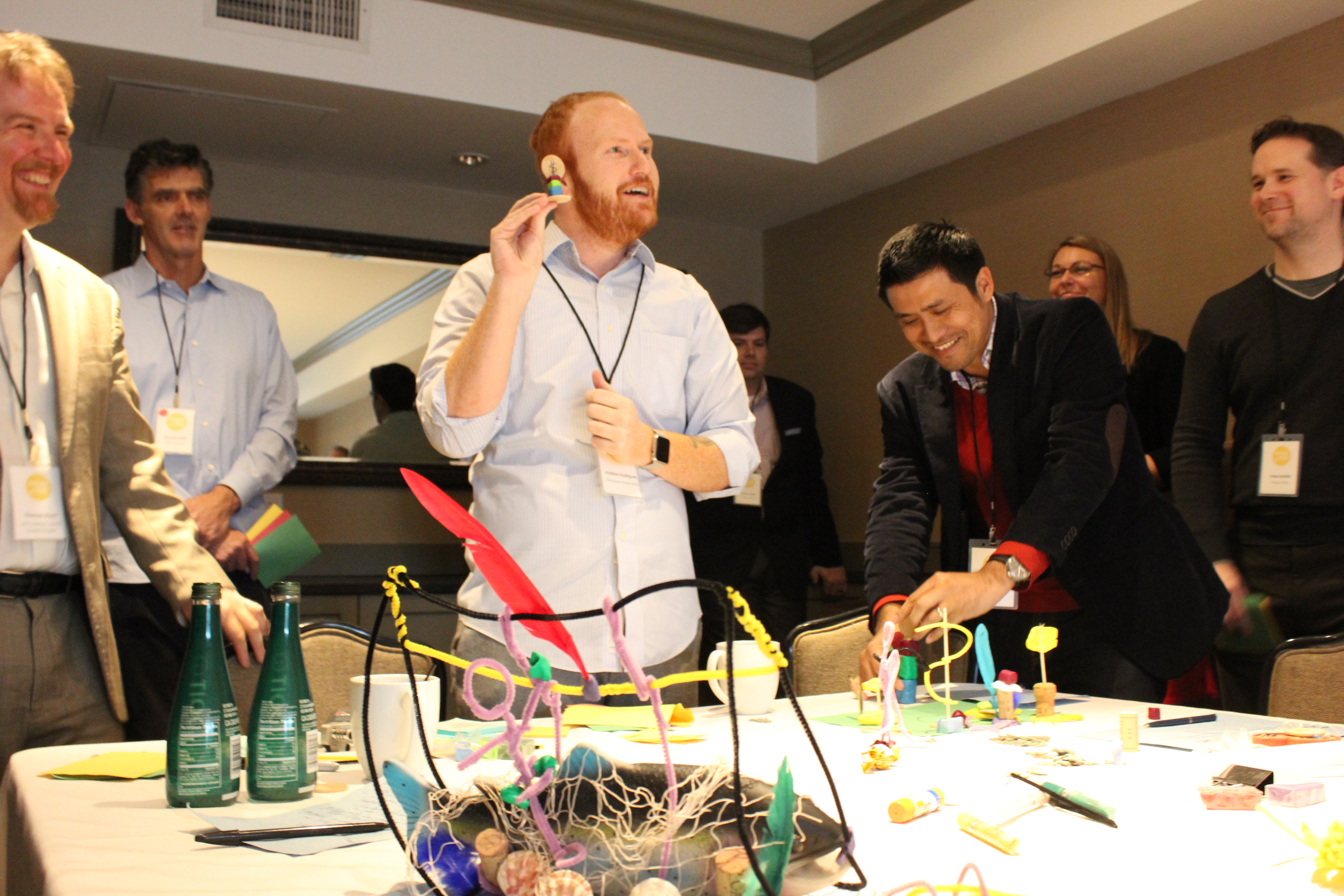
Supply chains are messy. They’re made up of a whole jumble of people and places, each with their own sets of priorities, motivations, and needs. And they’re always changing. From the outside, it can be difficult to decipher what’s going on. In a supply chain like seafood, that murkiness means it’s often impossible to follow a fish from ocean to plate. That’s why we don’t try to impact supply chains from the outside.
When planning a co-design workshop we aim to convene open-minded players who have self-interest in solving similar sets of issues. We find innovative thinkers unafraid of out of the box solutions, and we invite collaborators who will listen and contribute in equal measure.
Here’s a look inside a recent supply chain workshop hosted by Future of Fish. Over the course of two, two-day co-design workshops, our group took a whole list of issues and observations and whittled them down to a few prototypes with potential for lasting, sustainable change across the seafood supply chain.
Seattle, January 2016
We begin our process with plenty of group sharing and interactive exercises. Participants are not here to listen, they’re here to engage. So we start that practice early.
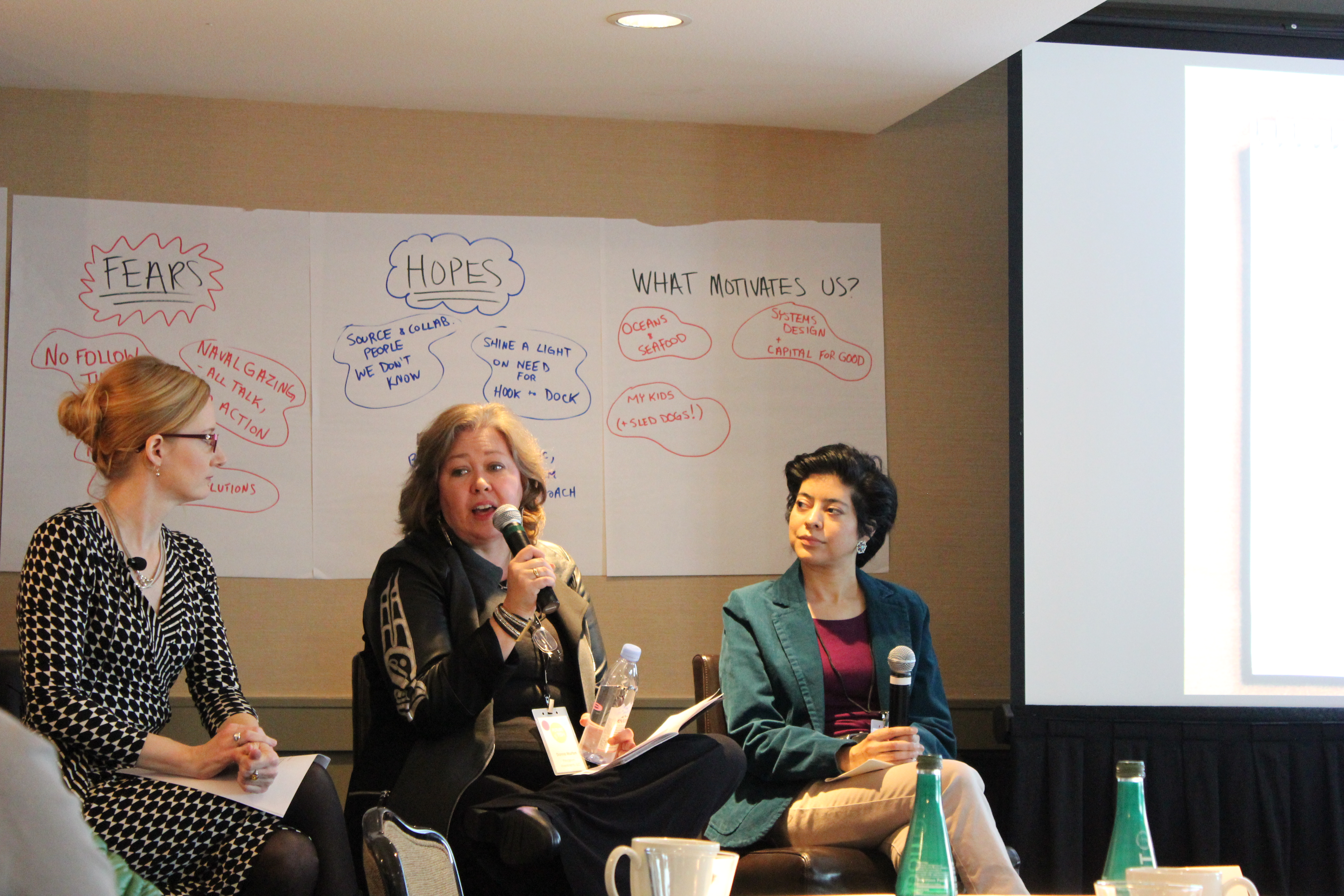
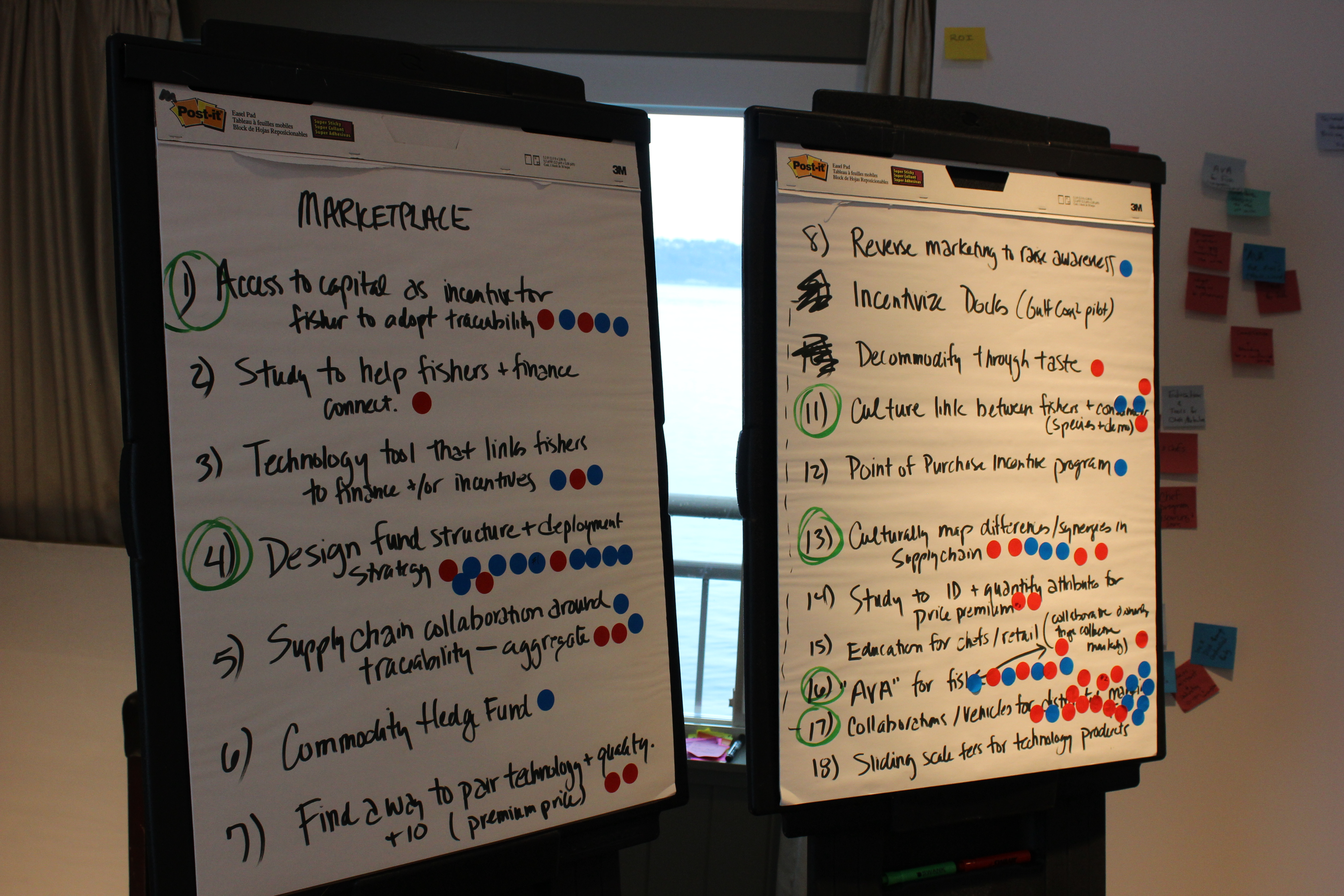
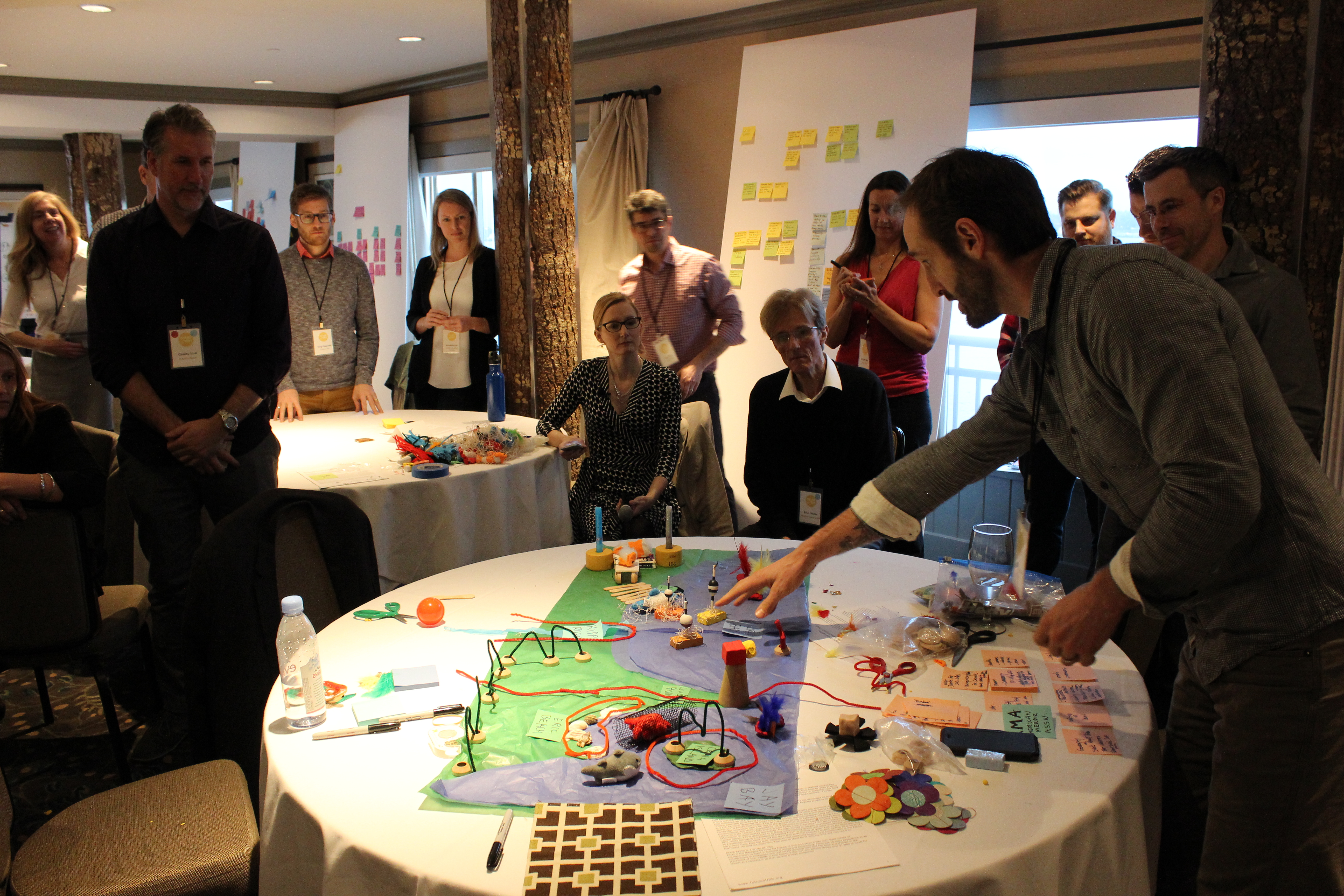

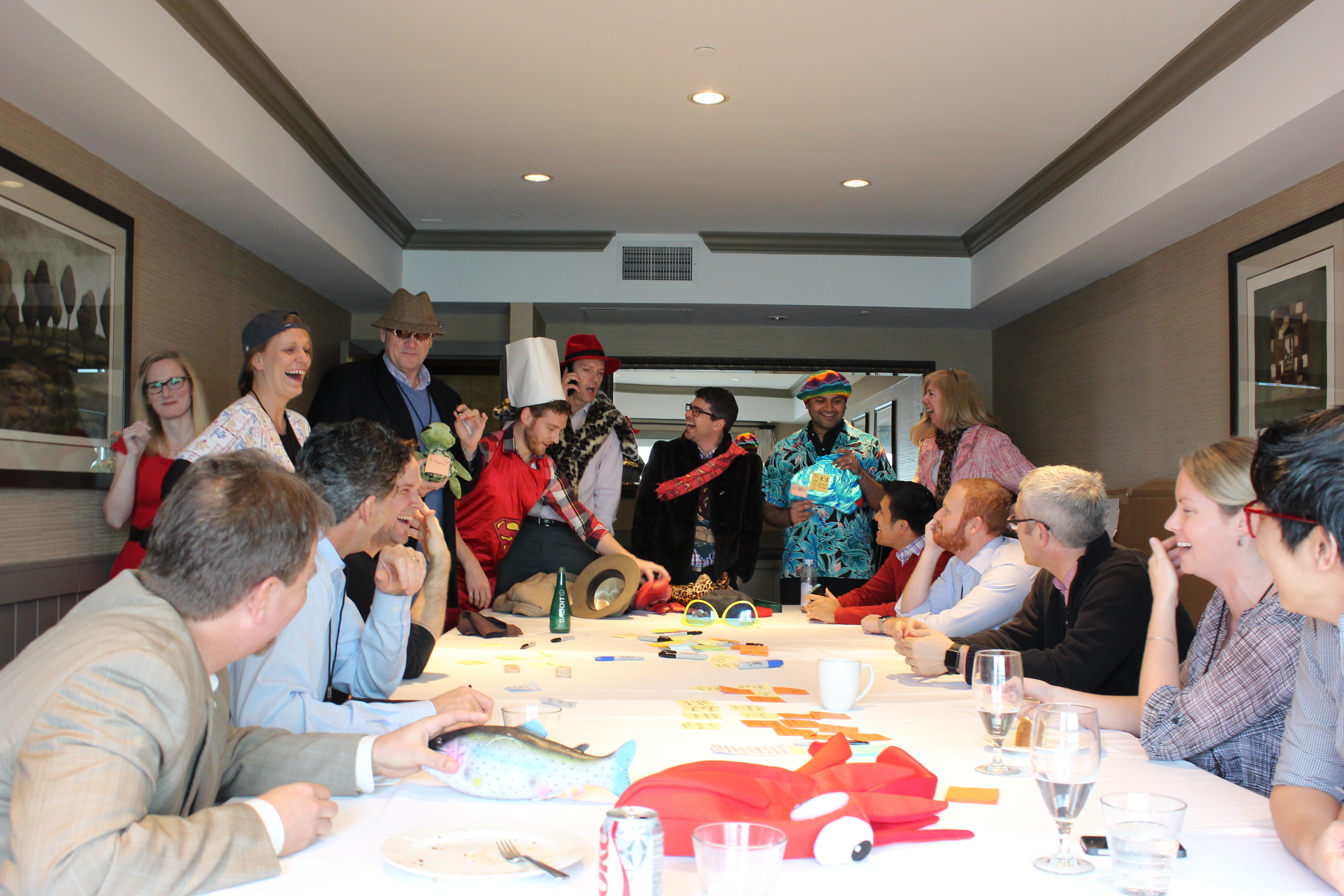

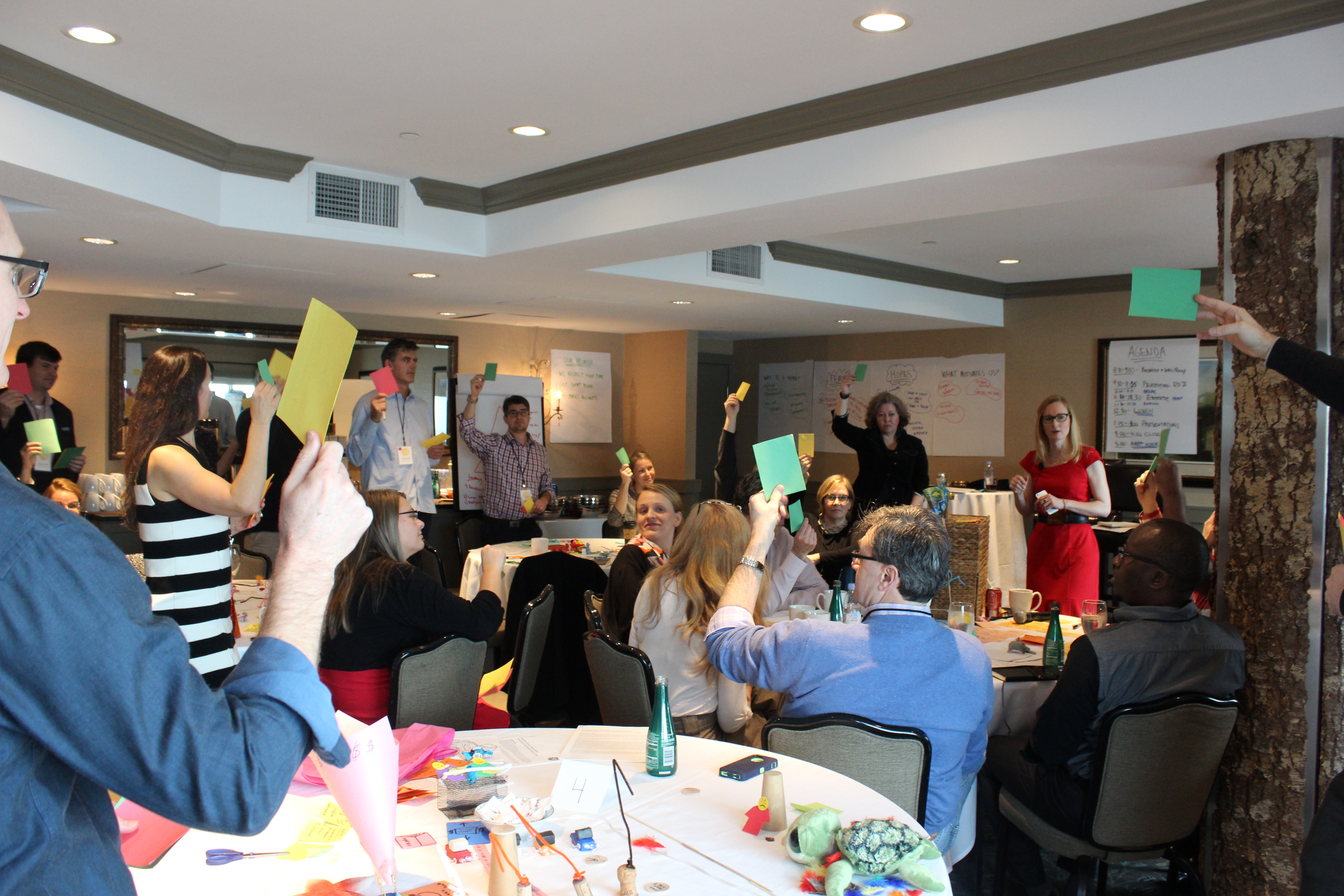
After following up with attendees, refining ideas, and restocking our supply of post-it notes, it’s time to plan round 2. Many attendees from the first workshop will join us for the second, and we recruit others based on the ideas and outcomes the group hopes to develop. This time we give people in the room context up front and ask them to consider how they might bring past prototypes to life.
Stay tuned for our updates from round 2!


